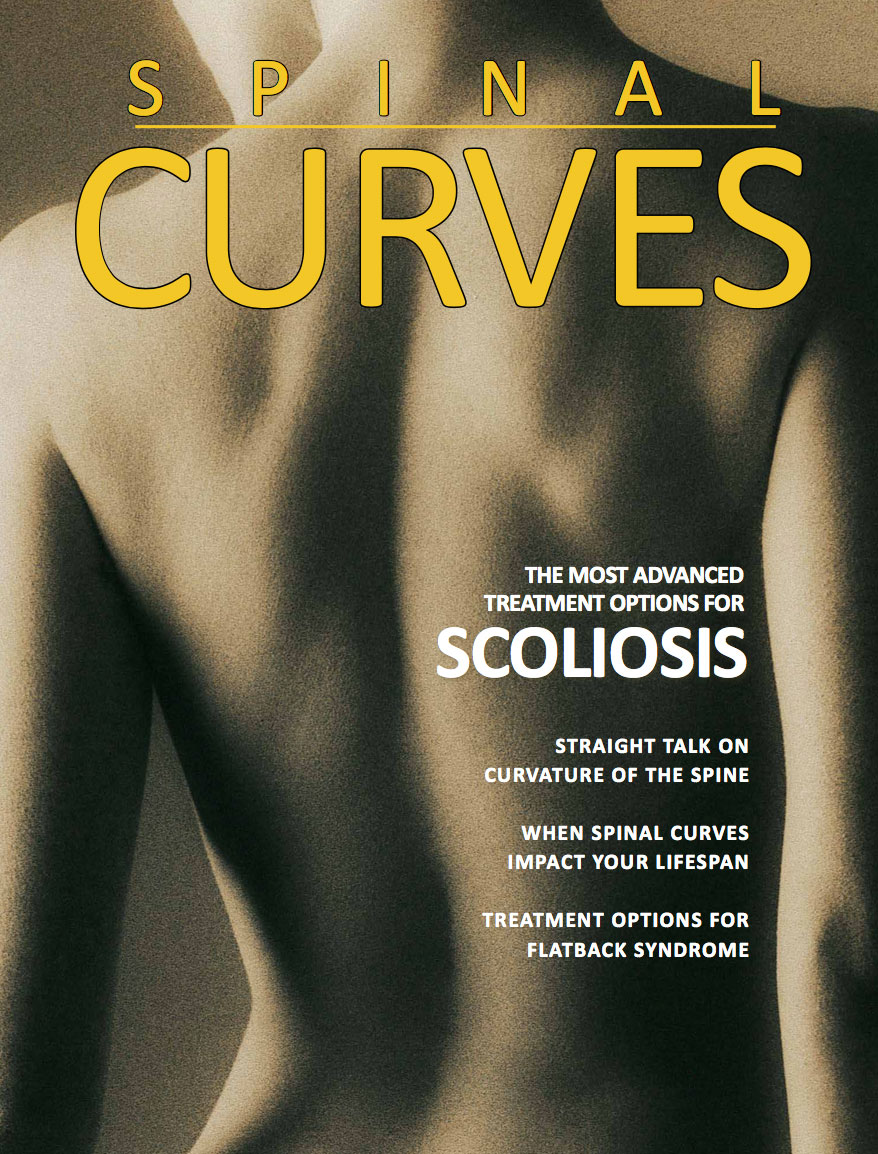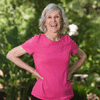 Older adult scoliosis
Older adult scoliosis
Age at surgery: 66
Years since surgery: 2
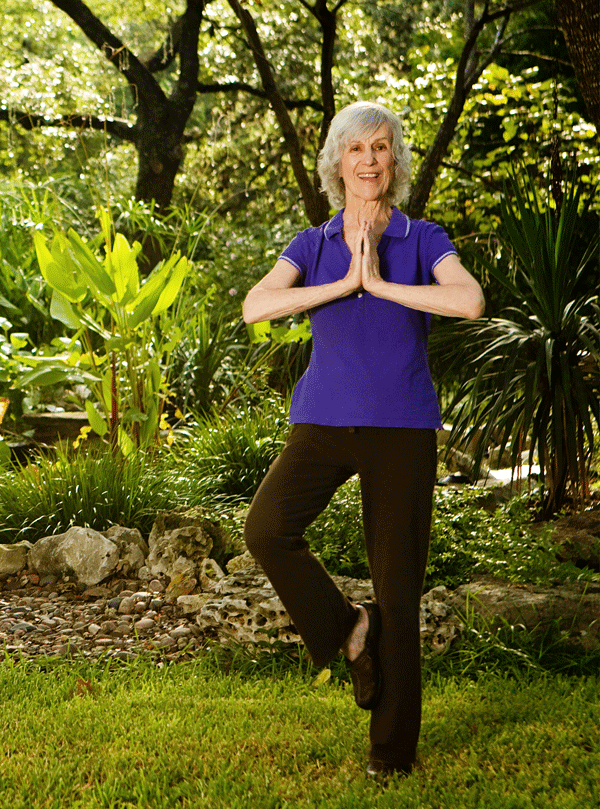 Marcia was diagnosed with scoliosis when she was eight years old and it's difficult for her to remember life without it. She has always been a very resilient person and scoliosis didn't stop her from being active and enjoying life. Marcia loves playing the violin - so much so that she teaches children how to play. Even as her curvature worsened she still found happiness in hiking, traveling, line dancing with her husband and yoga for relaxation. She even wore a lift in her shoe to level her pelvis as her scoliosis worsened so she could keep going.
Marcia was diagnosed with scoliosis when she was eight years old and it's difficult for her to remember life without it. She has always been a very resilient person and scoliosis didn't stop her from being active and enjoying life. Marcia loves playing the violin - so much so that she teaches children how to play. Even as her curvature worsened she still found happiness in hiking, traveling, line dancing with her husband and yoga for relaxation. She even wore a lift in her shoe to level her pelvis as her scoliosis worsened so she could keep going.
It was while she was teaching violin that she learned of Dr. Matthew Geck, a fellowship-trained scoliosis and spine surgeon in Austin. A parent of one of her students told her about Dr. Geck. Marcia made an appointment and was impressed by his professionalism and calming manner. Even so, she wasn't ready for the surgical option that would be necessary to correct her curvature.
Several years went by and Marcia's condition continued to worsen, the back pain she was experiencing was becoming excruciating and everyday life was becoming increasingly difficult. On a trip with her husband, Uwe, to Thailand, she noticed her curve was worse and that she could not walk as far.
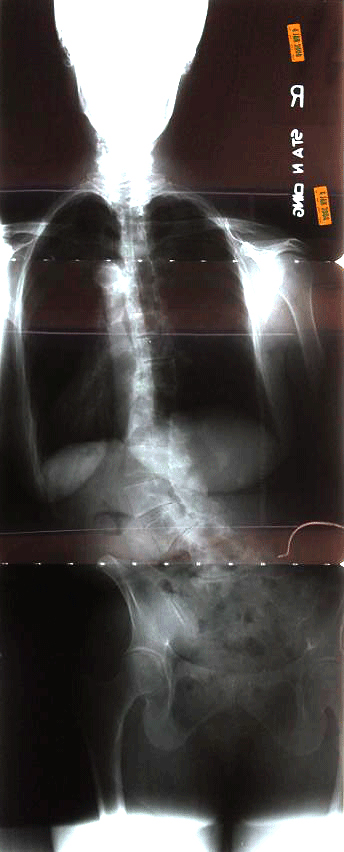
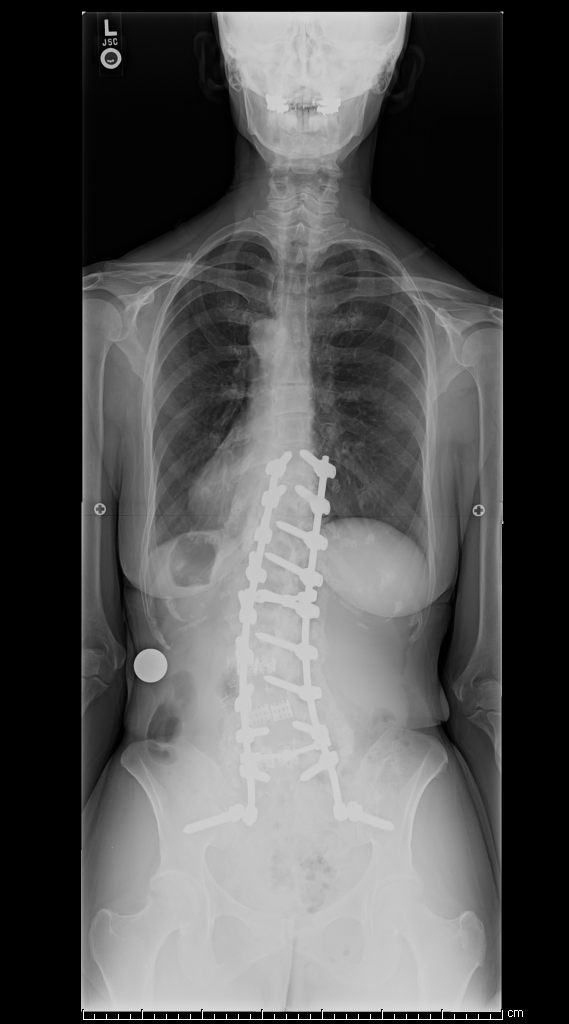 In her follow up with Dr. Geck he explained to Marcia that her scoliosis was worsening. She was suffering from severe collapsing spine syndrome with coronal decompensation and functional disability. “She was getting so curved her whole spine was out of balance with her pelvis and legs,” say Dr. Geck. “This made activity and walking difficult, which is the lifeblood of active older folks like Marcia.”
In her follow up with Dr. Geck he explained to Marcia that her scoliosis was worsening. She was suffering from severe collapsing spine syndrome with coronal decompensation and functional disability. “She was getting so curved her whole spine was out of balance with her pelvis and legs,” say Dr. Geck. “This made activity and walking difficult, which is the lifeblood of active older folks like Marcia.”
After counseling visits with her and her husband Uwe, and with much thought and consideration, Marcia decided to move forward with the scoliosis surgery that would be necessary for her condition. Dr. Geck helped prepare Marcia and her husband for the surgery by describing the procedure and all of the necessary tests and precautions. Dr. Geck performed the combined anterior/posterior procedures needed to correct Marcia''s scoliosis. Surgery was successful.
It was important that she get back to walking and movement quickly. She remembers walking in her neighborhood with aid of a walker. “It was very difficult and I am so thankful that my husband was there to help me through my recovery,” Marcia remembers. She attended months of rehabilitative physical therapy, this was necessary to help her regain strength and range of motion.
Today, Marcia stands 2 inches taller and is able to sit flat in a chair, something that most people take for granted but was not possible for Marcia before surgery. She is able to perform more yoga stretches now than before and has nearly unlimited walking tolerance. She continues to teach the joys of violin to children. Marcia and her husband continue to be active line dancers at the local community center.
“Often, adult scoliosis that progresses and worsens needs surgery to address pain and function issues,” says Dr Geck. “Preventing these bigger surgeries later in life is why we often consider surgery in our younger patients. However, restoring function in our older patients is how we keep them active and enjoying life. Hopefully we can do that with the conservative care we offer at our comprehensive spine center, but if surgery is needed, the results can make a big difference for our patients.”






